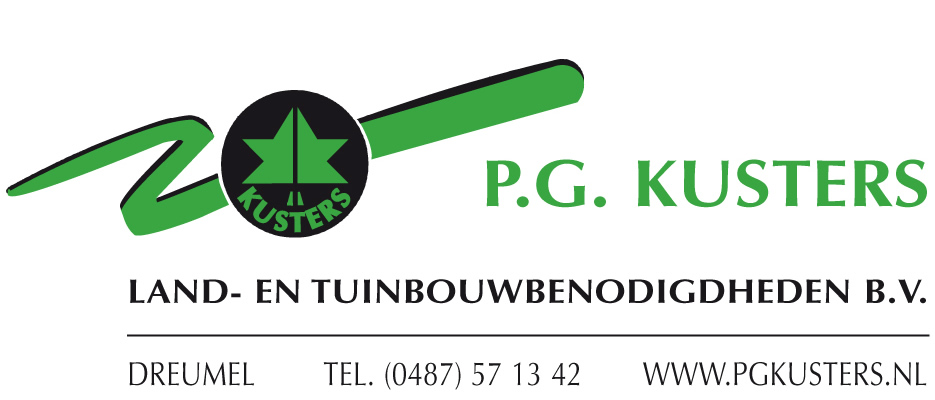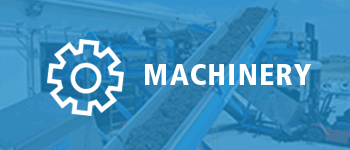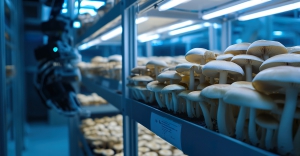The mushroom industry is entering a digital era. What was once guided solely by intuition, experience, and manual labor is now increasingly supported by sensors, automation, and data analytics. From substrate preparation to harvest, smart farming tools are reshaping how fungi are grown, making production more precise, efficient, and sustainable than ever before.
Precision growing in every layer
Inside modern growing rooms, environmental control systems are evolving into intelligent ecosystems. Sensors monitor temperature, humidity, CO₂ levels, and air circulation in real time. Artificial intelligence (AI) algorithms then adjust these factors automatically, ensuring ideal conditions for each growth phase.
This precision doesn’t just boost yields, it reduces energy consumption and minimizes human error. Instead of reacting to issues after they occur, farmers can anticipate and prevent them, achieving higher consistency and quality across crops.
Data as the new substrate
For decades, mushroom cultivation relied heavily on experience, the grower’s eye and intuition. Those remain invaluable, but now they’re being amplified by data. Smart platforms can collect thousands of data points per day, translating them into actionable insights: when to ventilate, irrigate, or adjust temperature.
Some farms use cloud-based dashboards that visualize performance across different growing rooms or even multiple sites. Others are experimenting with machine learning to recognize growth patterns and predict harvest times with remarkable accuracy.
In short, the farm is learning, and so are the fungi.
Automation lightens the load
Labor shortages have long been a concern in the mushroom sector. Smart technologies are helping to bridge that gap. Automated systems can handle repetitive or heavy tasks such as substrate loading, climate adjustments, or even mushroom picking with robotic precision.
While full automation isn’t feasible for every operation, even partial adoption, for example, using camera-guided monitoring or automated watering, significantly reduces workload while improving consistency. The result: growers can focus more on strategy, quality, and innovation instead of routine maintenance.
A sustainable shift
Beyond efficiency, smart farming supports a more sustainable production model. By fine-tuning environmental parameters, farms use less energy and water. Precise climate control minimizes waste, and optimized substrate management helps reduce contamination rates.
For forward-thinking producers, data also helps demonstrate sustainability performance to customers and investors, turning eco-efficiency into a measurable, marketable advantage.
The human touch remains
Even in the smartest farms, technology doesn’t replace people, it empowers them. Successful growers combine digital insights with hands-on experience and instinct. The art of mushroom cultivation remains rooted in understanding living organisms; technology simply provides new tools to nurture them better.
The road ahead
Smart farming in mushrooms is still in its early stages, but the direction is clear. With each innovation, whether AI-driven control, autonomous harvesters, or cloud-based analytics. the boundary between biology and technology grows thinner.
As these systems become more accessible and affordable, farms of all sizes can benefit from the data revolution. The result? Smarter farms, smarter fungi, and a more resilient, sustainable future for the entire mushroom industry.
By Mushroom Matter





















